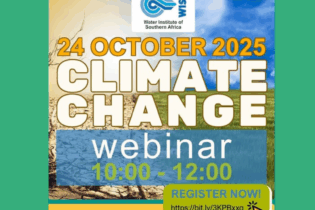By Wildu du Plessis and Kieran Whyte*
The 38th Summit of Heads of State and Government of the Southern African Development Community (SADC), currently taking place in Namibia, is expected to address a wide range of issues of importance to the SADC region, most notably the status of implementation of the SADC Industrialisation Strategy and Roadmap, as well as the current political situation and its effect on investment. The theme of this year’s SADC Summit is “Promoting Infrastructure Development and Youth Empowerment for Sustainable Development”. Developing infrastructure is vital for the improvement of economic growth, employment opportunities and the socio-economic conditions in the region. An example of a proposed power infrastructure project in Namibia, the SADC Summit hosts, is the mooted Kudu Gas Project. The Namibian Minister of Energy recently referred to this project when he spoke at the African Energy Forum in Mauritius. This project is offshore, and they have to bring the gas onshore and find power or industrial offtakers not only in Namibia but in neighbouring countries as well. As such, industrialisation will work only if there is an increase in intra-regional trade and dependency.Raising finance remains a challenge
A key challenge of industrialisation is raising finance on acceptable terms. SADC noted when it launched the Industrialisation Strategy and Roadmap that one of the biggest challenges to the growth of industrialisation in the region was inadequate funding, and that they needed to consider innovative ways of financing industrialisation. Investments in infrastructure in particular are often big ticket, long term commitments with fixed locations, fixed revenue streams and structures, which will require substantial financial buy-in from all parties and stakeholders.Because of market volatility, coupled with low credit ratings and a lack of exposure to private investors, emerging markets, and Africa in particular, require innovative financing solutions to bridge the gap between public and private investment. This is where the New Development Bank and other Development Finance Institutions (DFIs) play a pivotal role.








